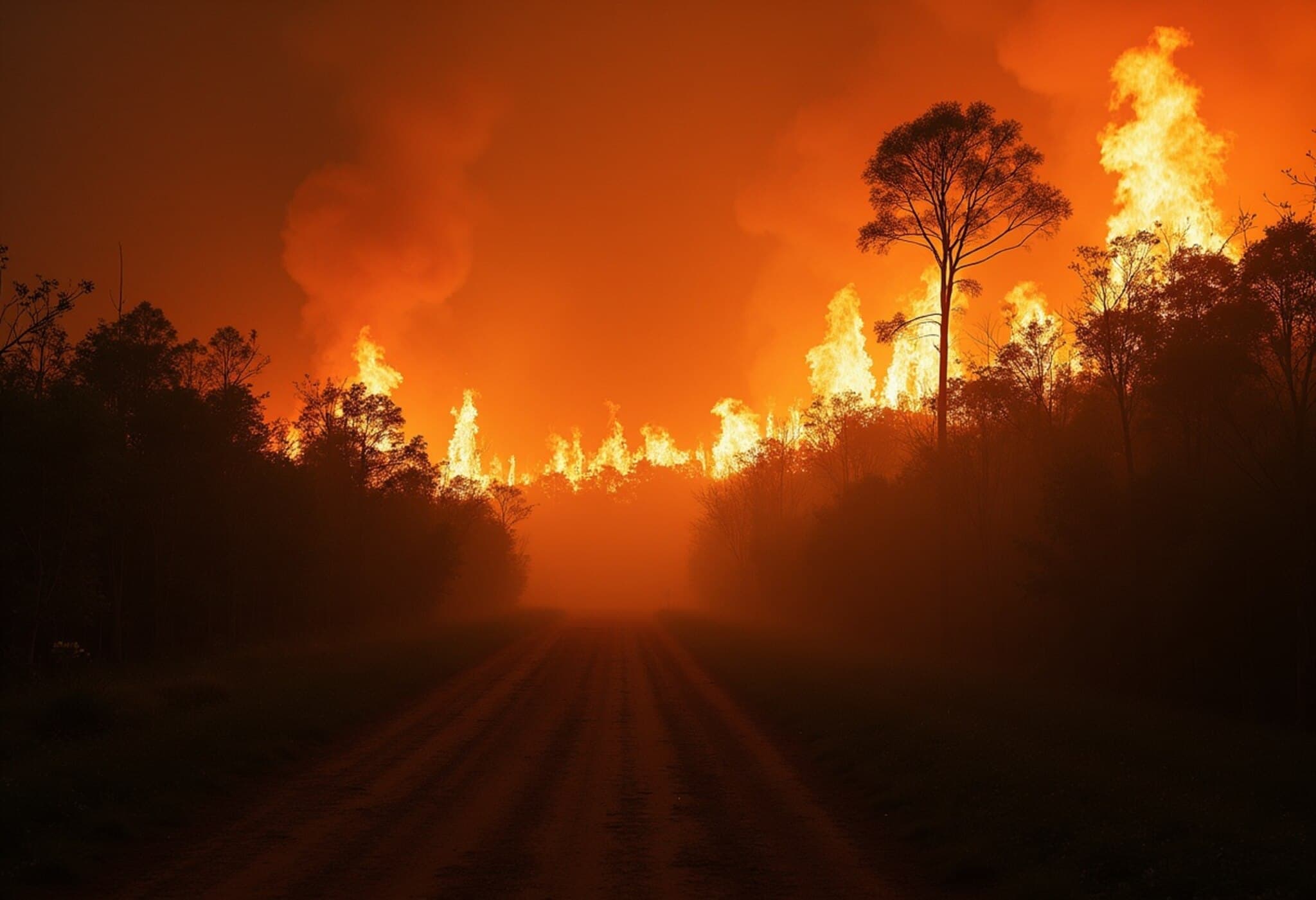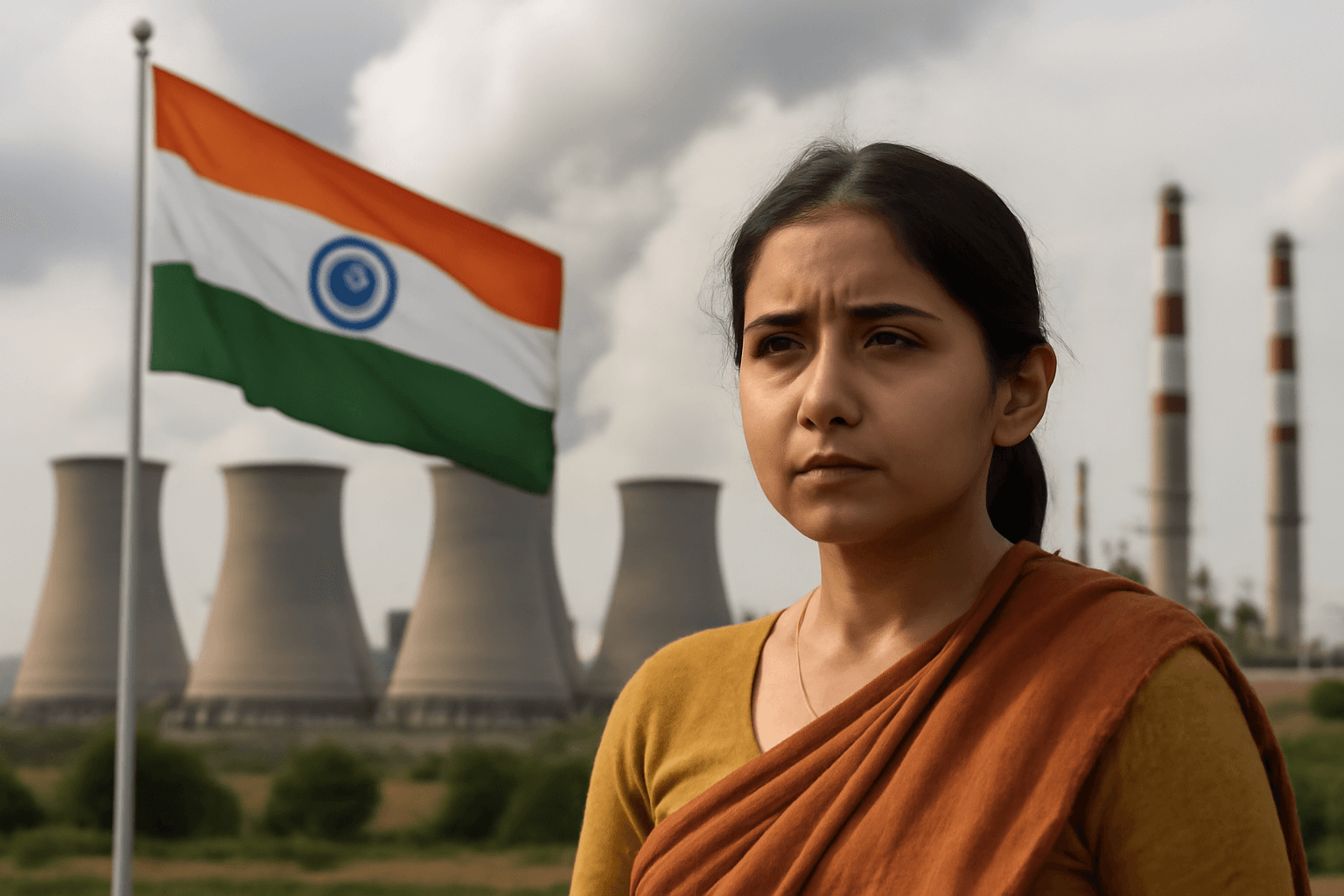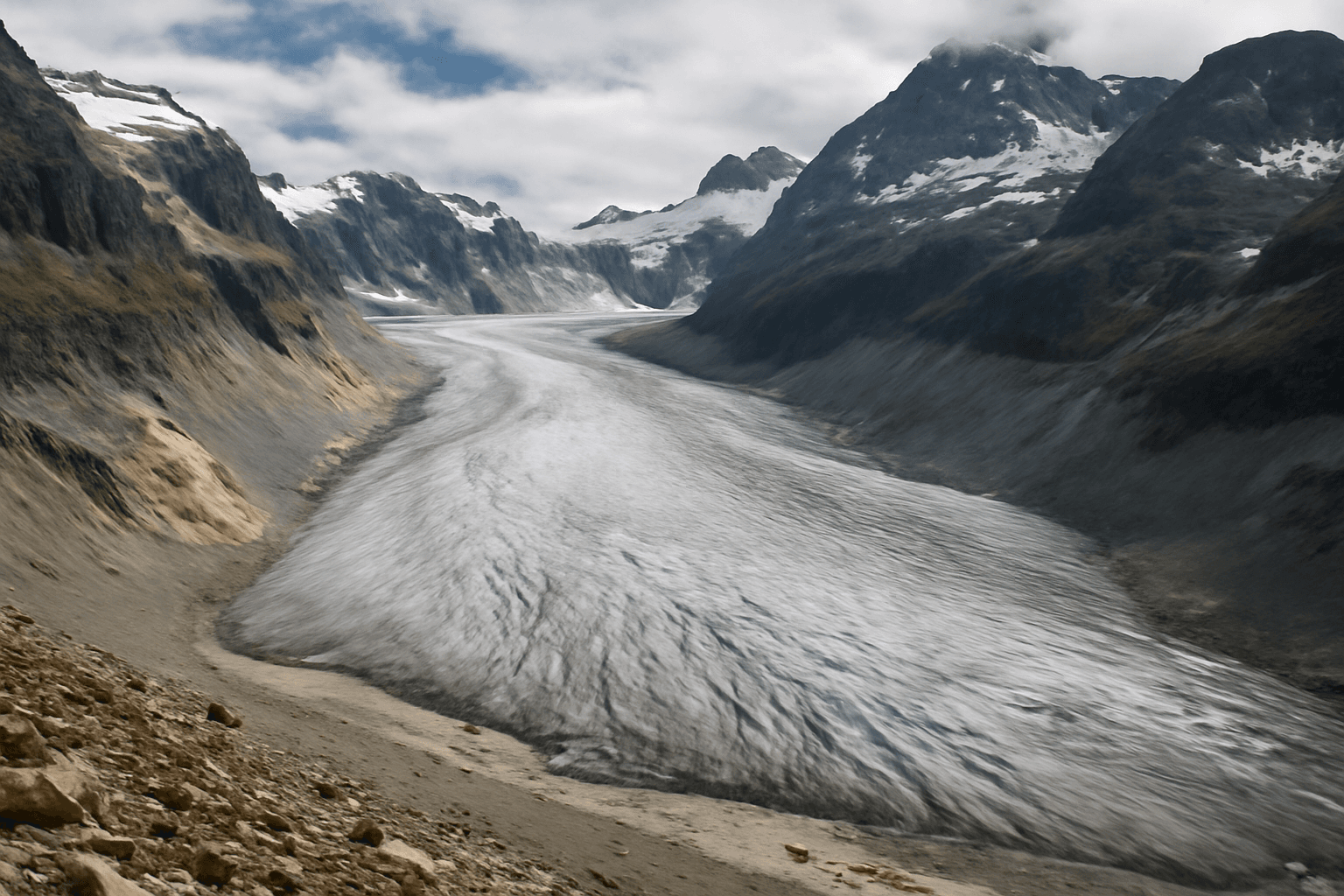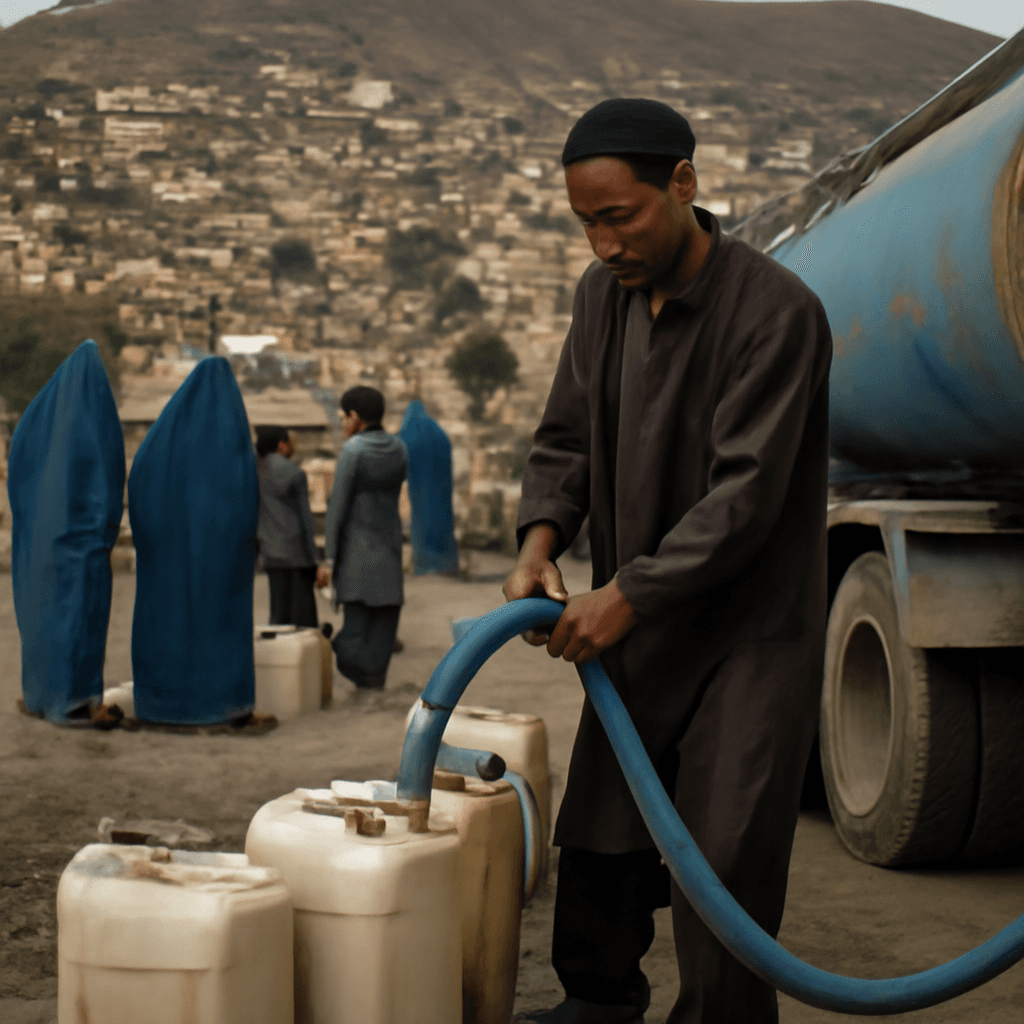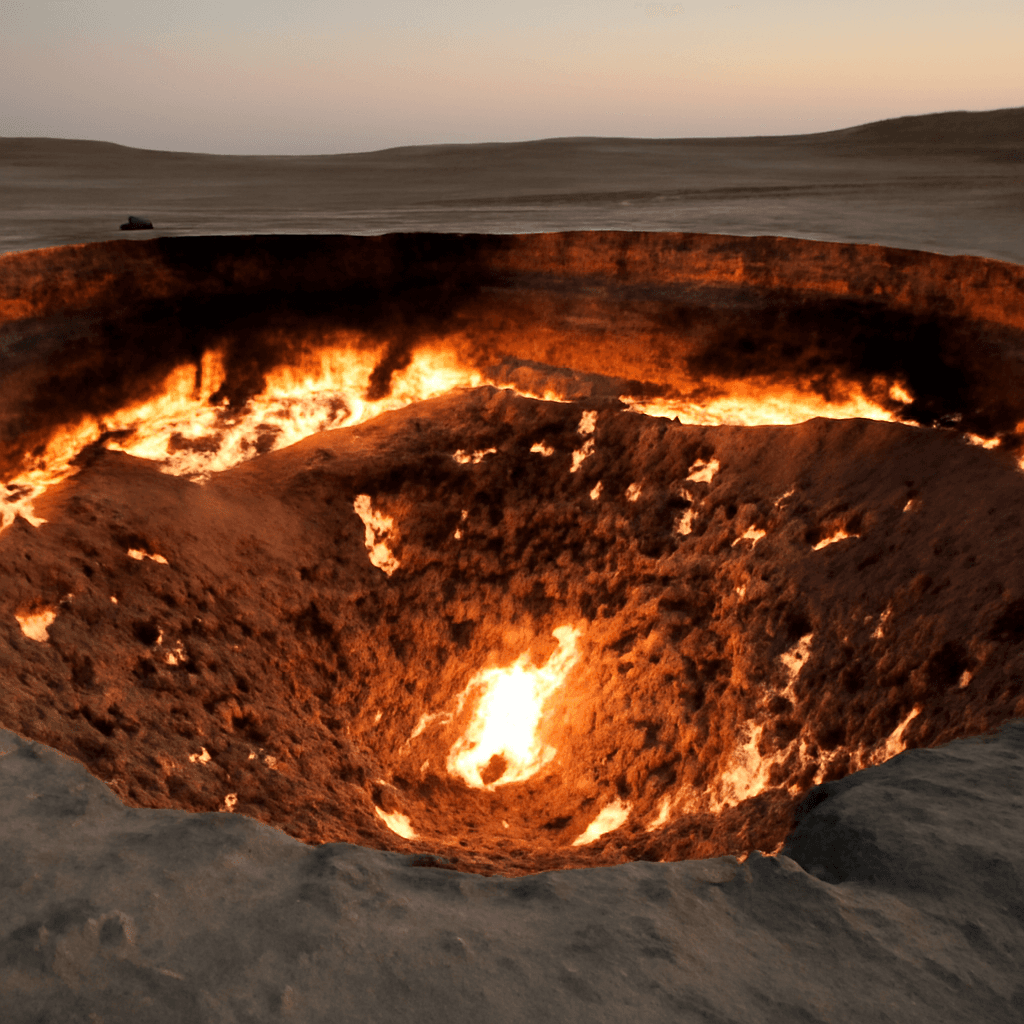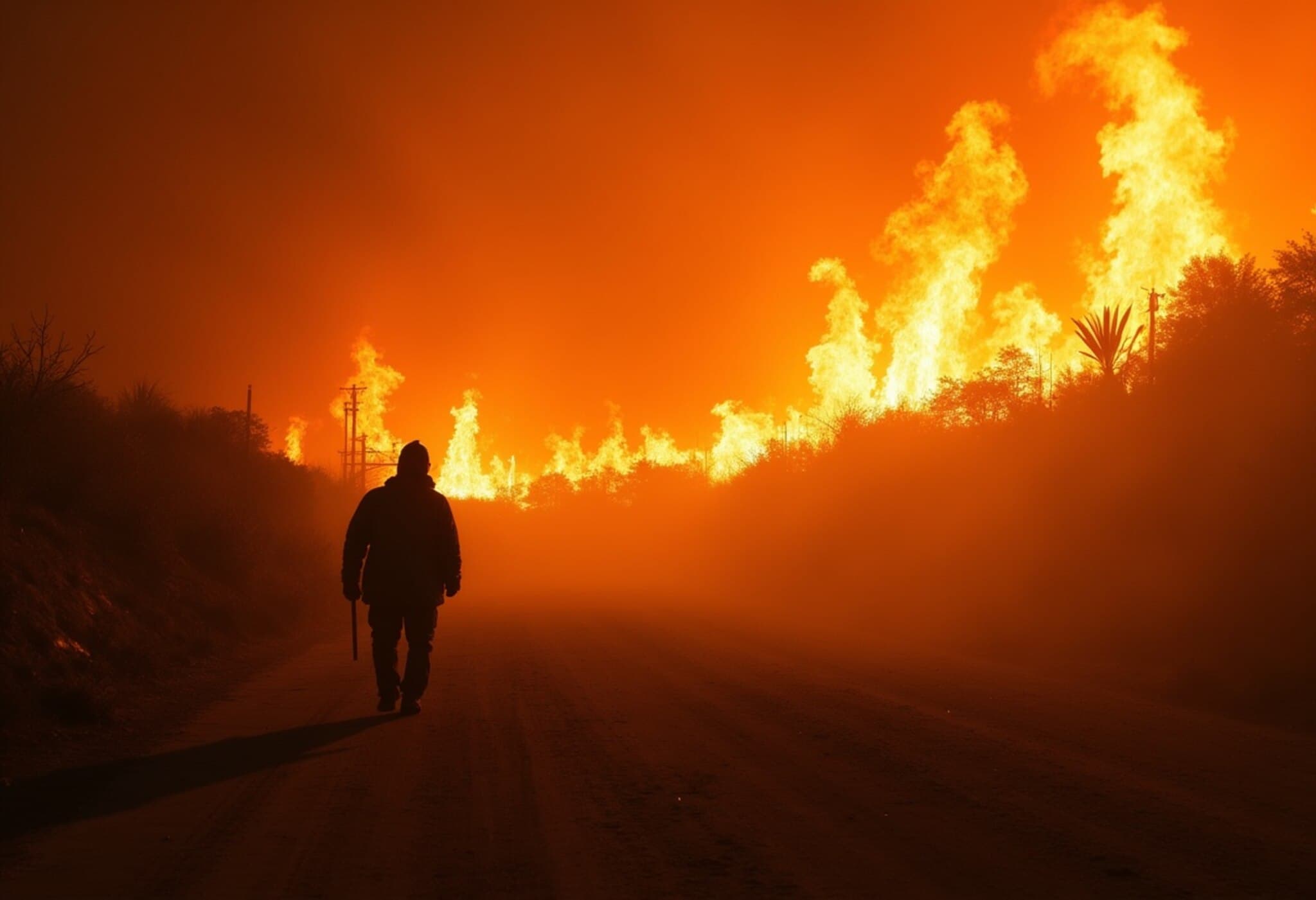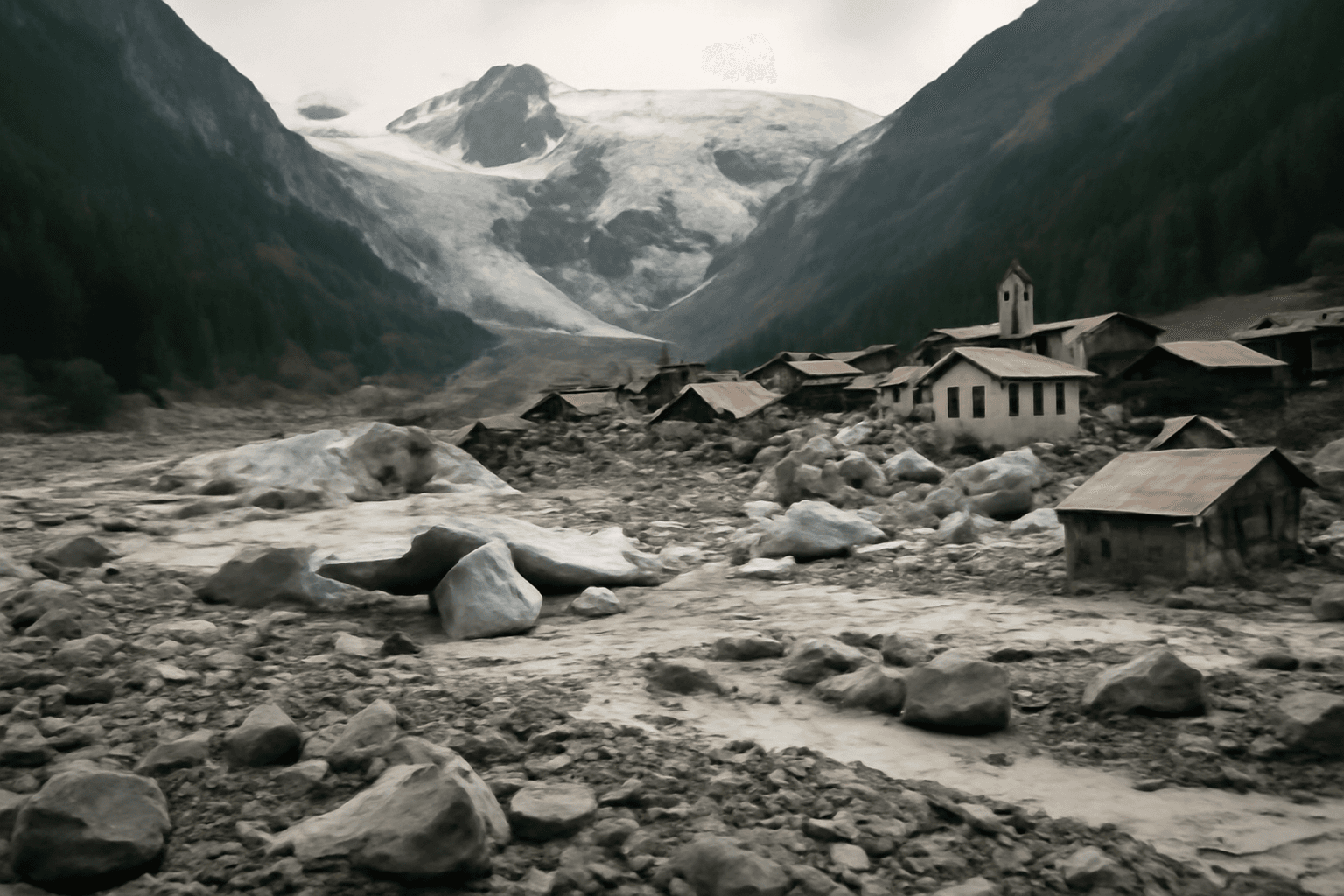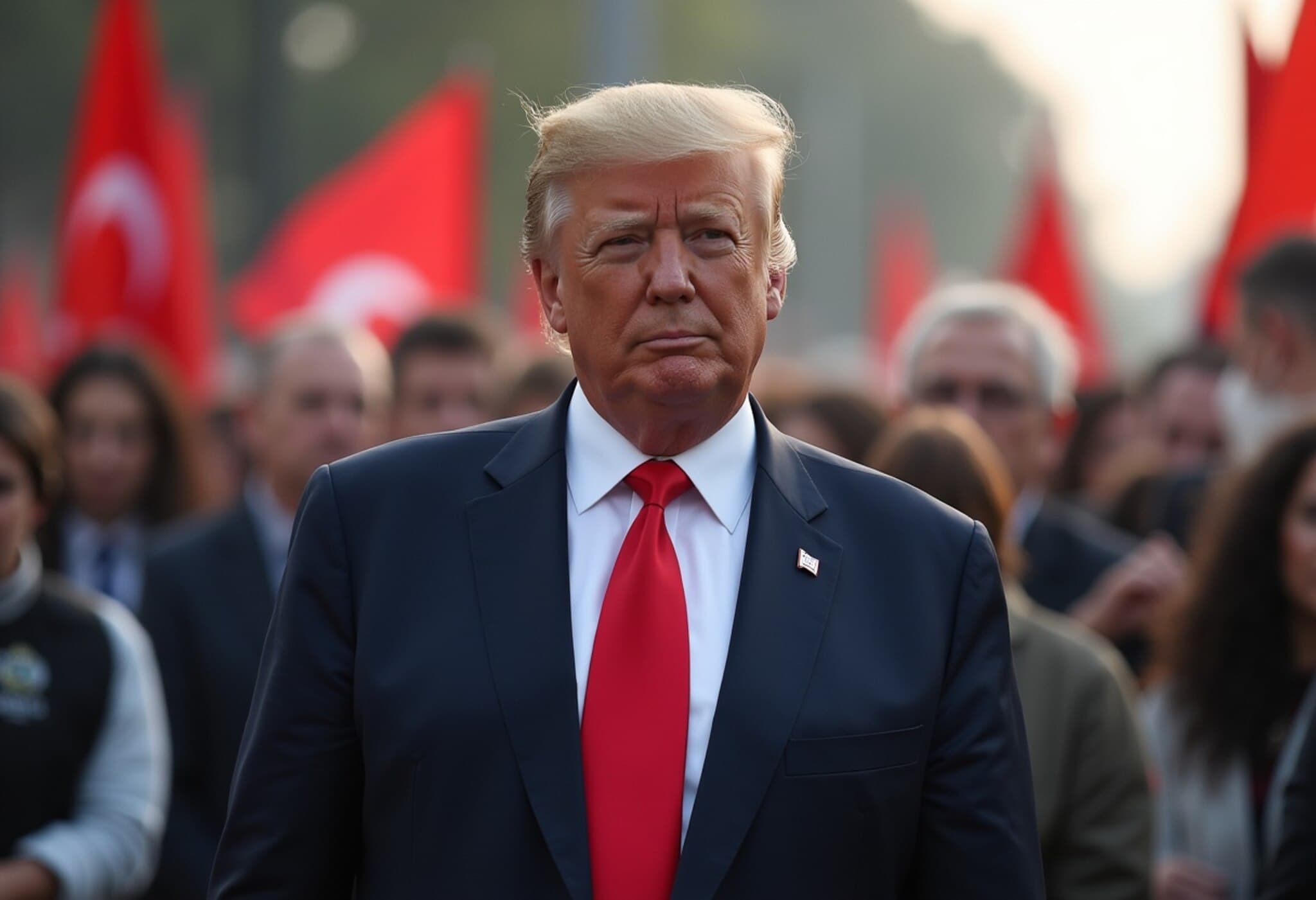Record-Breaking Fires Sweep Through Brazil in 2024
In 2024, Brazil witnessed an alarming escalation in forest fires, with the total area scorched surging by 62% compared to the 40-year average. The burned lands stretched across a staggering 30 million hectares (115,830 square miles), roughly equivalent to the size of Italy.
The Amazon Rainforest: The Epicenter of Destruction
The Amazon, often described as the planet's lungs, bore the brunt of these wildfires. Over 15.6 million hectares were consumed by flames—more than twice the usual historical average. This vast tropical rainforest plays a vital role in absorbing greenhouse gases, making this unprecedented devastation particularly alarming.
Drought and Climate Change: A Dangerous Combination
An extreme drought hitting Brazil in 2024 intensified the fire risk. Climate change amplified dryness and heat, creating tinderbox conditions that allowed fires to spread rapidly. Experts warned that the interplay of highly flammable vegetation, parched ground, and human activity triggered this catastrophe.
Human Influence and Land Use Practices Under Scrutiny
Authorities link much of the devastation to human actions, including illegal land clearing for agriculture and grazing. These practices, coupled with low humidity, foster conditions ripe for infernos. Once forests burn, they lose moisture and canopy cover, altering local microclimates and increasing vulnerability to future fires.
Mega-fires Become More Frequent
Notably, nearly one-third of the burnt area in 2024 was made up of mega-fires exceeding 100,000 hectares, a shift that experts say signals a disturbing change in Brazil's fire dynamics. These large-scale blazes pose significant challenges for containment and ecological recovery.
Other Biomes Also Suffer
The Pantanal, the world’s largest wetland predominantly in Brazil, has endured repeated fire incidents, with 62% of its area affected at least once over the past four decades. Meanwhile, the Atlantic Forest, one of the most endangered biomes globally, recorded its worst fire season since 1985. Approximately 1.2 million hectares were scorched—a 261% increase over its historical average—further threatening this cherished coastal ecosystem.
Challenges Ahead for Brazil’s Environmental Policy
These fire trends present major obstacles for Brazil's government, led by President Luiz Inacio Lula da Silva, particularly as the nation prepares to host a major international climate summit this November in Belém, located deep in the Amazon region. The rise in forest fires underscores the urgency for enhanced environmental protections and sustainable land management.
Brazil’s 2024 burning season is now recorded as the second-worst since 2007, highlighting the pressing need for coordinated efforts to address both natural and human-driven factors fueling this crisis.

